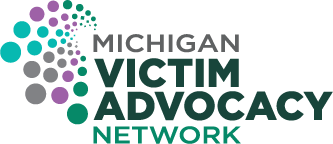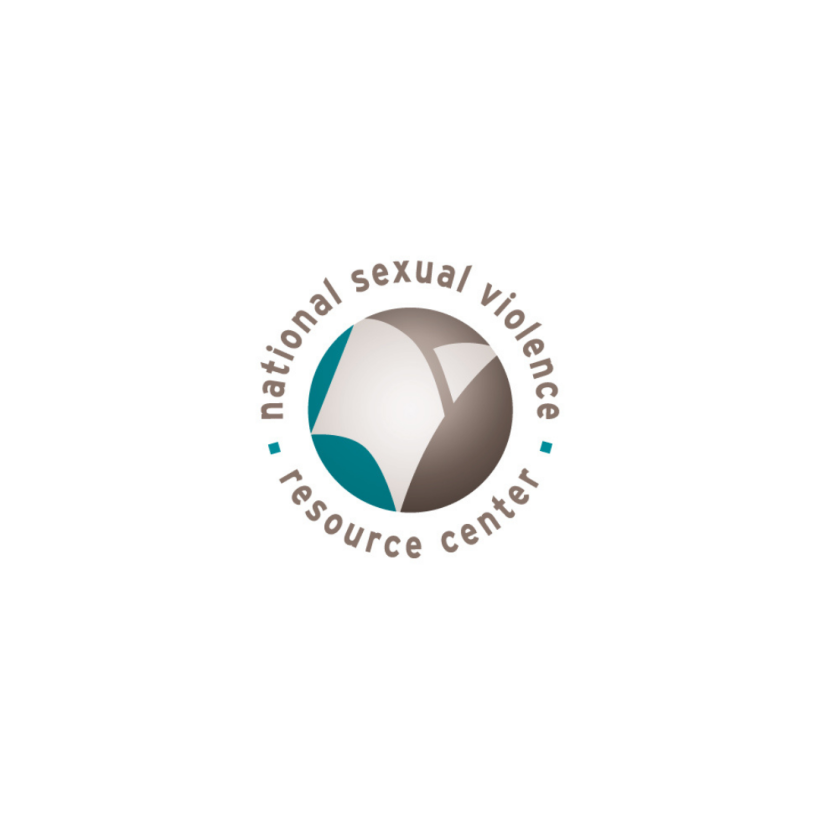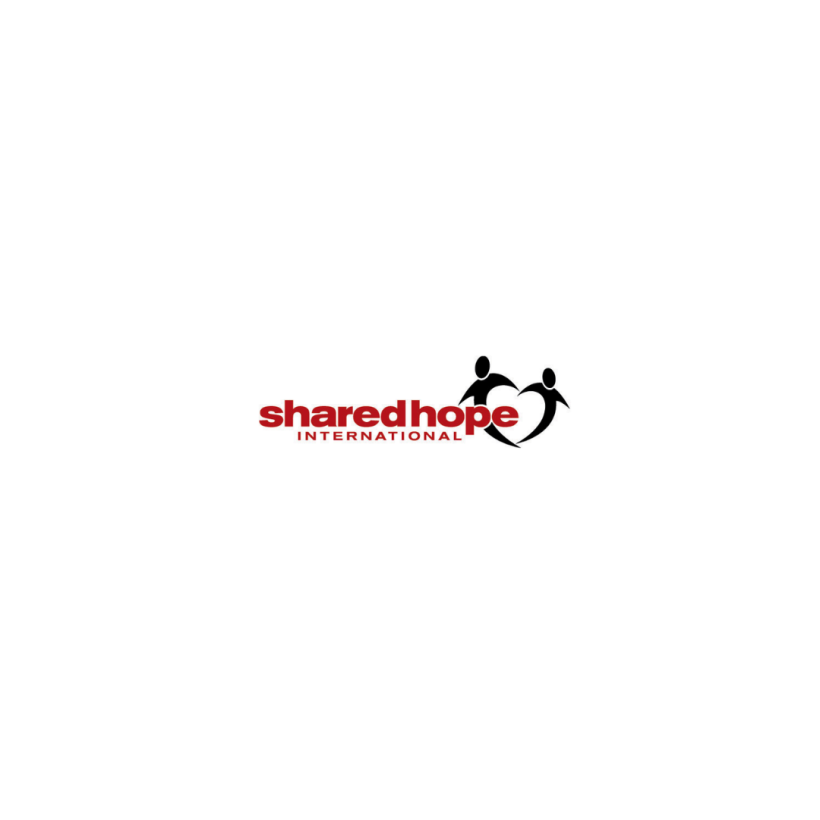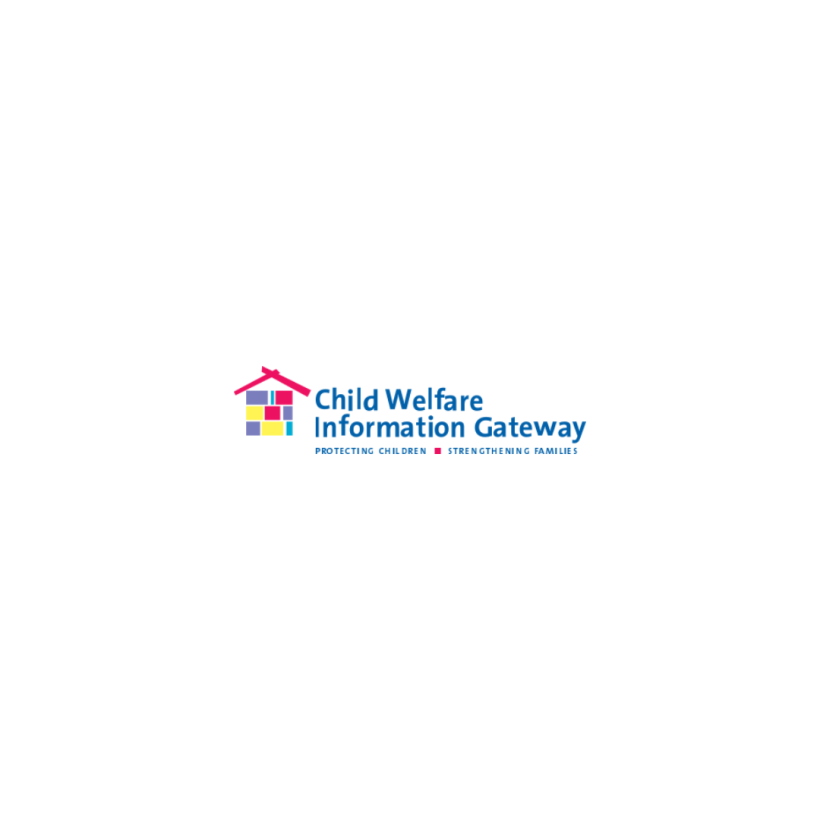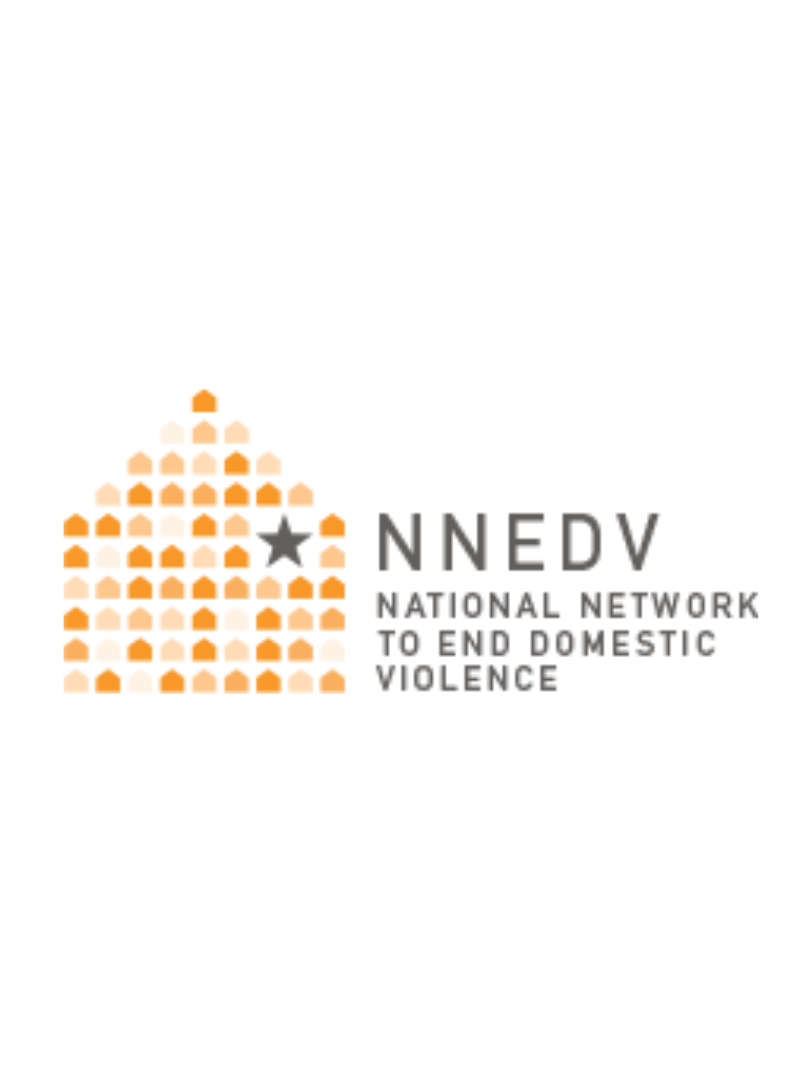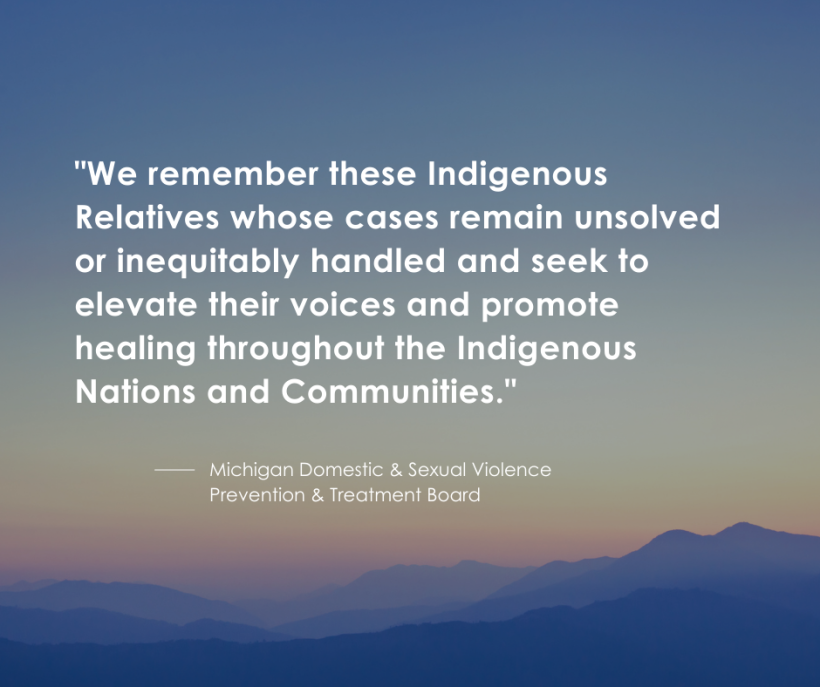10 Tips on Being Trauma-Informed Online
“Online spaces and content can bring us a lot of joy, but they can also cause harm and pain. Here are some important things to remember about being trauma-informed online with ourselves, with others, and with the content we encounter.”
